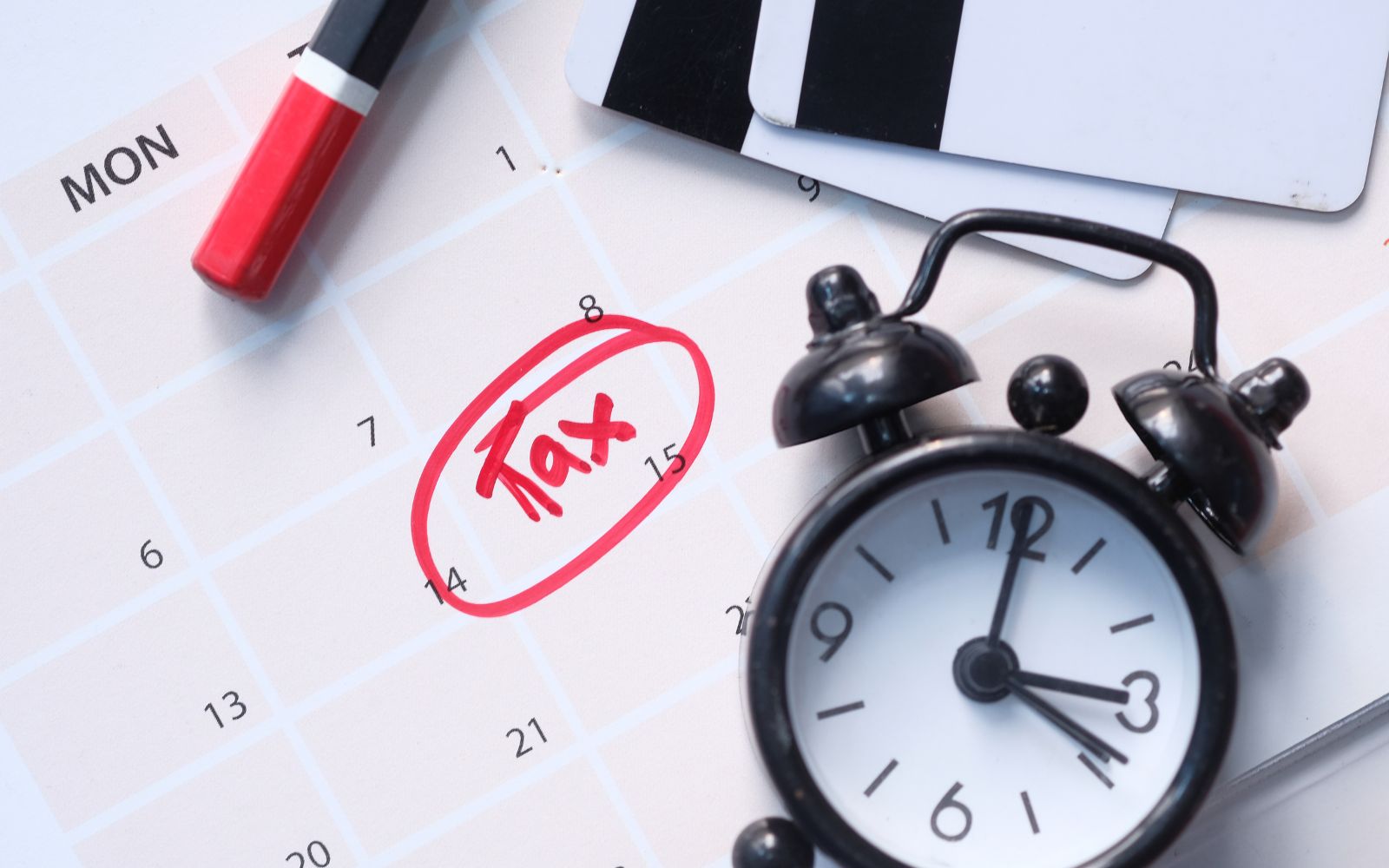Common mistakes in R&D claims

In Autumn Budget 2021, the government announced important updates to the current R&D scheme, which will come into place on the 1st of April 2023. Those updates included scheme extension, focus on the UK and compliance improvement. Earlier this month, the government officially confirmed those changes and explained them in more detail.
The number of R&D claims were rising in the last couple of years, and so did the number of employees HMRC hired to help approve those claims and investigate possible fraudulent claims. That means that the chances of the claim receiving an enquire (even if by accidental mistake or error!) is higher.
In this blog, we’re looking at some of the common mistakes companies make when submitting their R&D claims.
Subcontracted R&D activity and subsidised R&D spend
The most common query received about claims from HMRC is whether the company was carrying out subcontracted R&D or whether the money the business is claiming tax relief on has been subsidised. If your business is working on customer-led R&D projects, it’s vital to demonstrate that the work has not been subsidised and that costs have not been met by another party. If that hasn’t been done, you might receive fewer benefits than you are entitled to.
Significant increase in R&D activity
Companies are allowed to submit higher R&D claims than previously. However, it is essential to provide specific details of why this is the case in your technical report. HMRC’s software is able to identify companies with significant increases in their claims and flag them down. Therefore, if you haven’t explained it in detail, you are likely to receive an enquiry.
Non-qualifying R&D activities
Whilst you will need to highlight your R&D activities in the claim, please note that you will also have to identify activities that you have excluded. The reason behind this is simple: not every activity qualifies as part of your claim, and you won’t be able to claim money back for it (for example commercial activity, market research, maintenance, or testing). By excluding those activities, you will demonstrate awareness of them and minimize the risk of receiving inquiries from HMRC.
Competent professional identification
In the claim, businesses need to include details about the skills and experience of the Competent Professional – a person within the business with relevant experience, skills or qualifications relating to the R&D claim. The common mistake is the lack of supportive information about that person’s skills and experiences such as education or previous work. The right biographies help to demonstrate HMRC the competency of your professional and if he/she is actually an expert in the field.
R&D guidelines
This might be a little on the nose, but make sure to pay close attention to the BIS Guidelines and CIRD Manual when creating your claim, follow their guidelines, and use the right terminology. HMRC will want to see not only your R&D activities but also HOW your activities relate to the R&D guidelines from BEIS.
Note regarding the State Aids
Even since the Covid-10 pandemic, many SMEs are receiving some sort of State Aid (such as CBILS, CLBILS or BBL). R&D Tax Credit also belongs to the State Aid. That means your businesses could potentially receive a reduced amount from your claim caused by other State Aids your business is using already.
R&D tax reliefs are vital lifelines for many businesses, so maximising your claim (and getting it right!) is the priority for our qualified and experienced advisors. Get in touch and we will be delighted to walk you through our process and any questions you may have.
The information available on this page is of a general nature and is not intended to provide specific advice to any individuals or entities. We work hard to ensure this information is accurate at the time of publishing, although there is no guarantee that such information is accurate at the time you read this. We recommend individuals and companies seek professional advice on their circumstances and matters.




